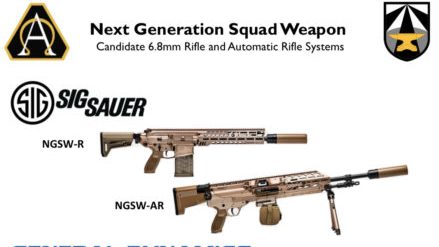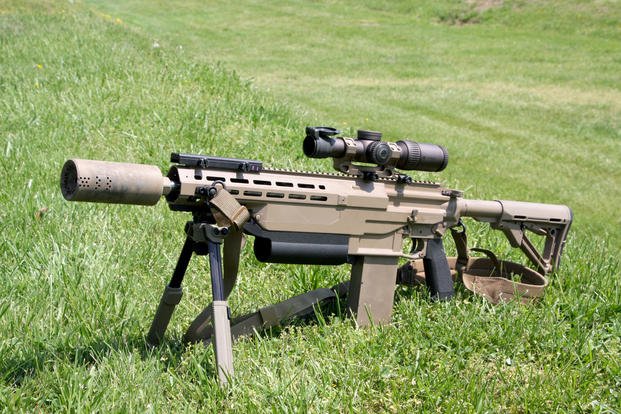
US Army Releases Photos of Latest Next Generation Squad Weapons and Fire Control Prototypes
July 6, 2020
Exclusive Interview with US Army Next Generation Squad Weapon Program Leaders
July 30, 2020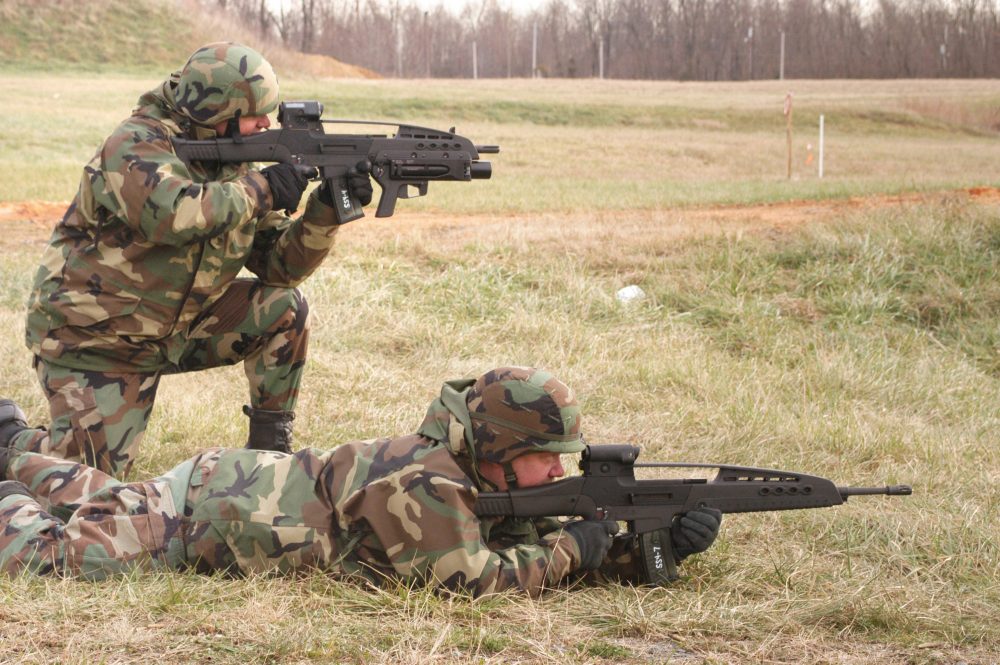
The U.S. Army’s new Next Generation Squad Weapon program is moving right along and its competitors read like a who’s who of modern rifle, ammo and optics makers. Names like Beretta, Heckler & Koch, Leupold, Sig Sauer, Vortex, and Olin-Winchester are enumerated among the current vendors of what could end up as the most revolutionary small arms award of the 21st Century thus far.
The NGSW search goes back to at least 2016 and heated up two years ago when the Army launched a program seeking companies to develop a suppressed light machine gun– deemed an automatic rifle– along with a companion suppressed rifle sharing a common 6.8mm cartridge. At the time, Chief of Staff of the Army Gen. Mark A. Milley said the new round would penetrate any existing body armor or body armor expected to exist over the next 25 years.
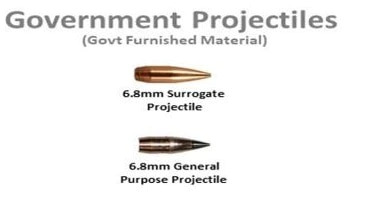
The idea behind the 6.8 caliber is to step up the effective range and energy currently delivered by the Army’s current 5.56mm loads past 300 meters, and replace the M4 Carbine and M249 Squad Automatic Weapon in front line units with the new platform family. Likewise, the program would select a Fire Control optic system or the catchy NGSW-FC in Army-speak, that would be used on both the rifle and automatic rifle variant.
Last September, three competitors were greenlighted to supply rifle and automatic rifle platforms for initial testing. These included New Hampshire-based Sig Sauer, which has developed an in-house solution for each; Maryland-based AAI Corporation/Textron Systems; and Vermont-based General Dynamics-Ordnance & Tactical Systems. The limited buy was for a small batch of prototypes the Army would subject this year to a “diagnostic test to inform the weapon and ammunition vendors on their current performance and feed another design iteration.”
THE TEAMS:
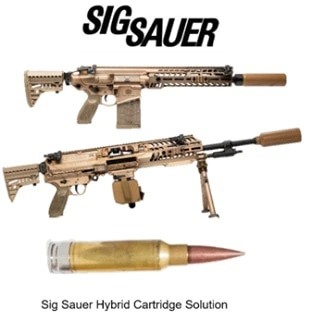
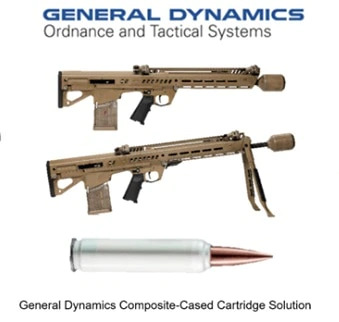
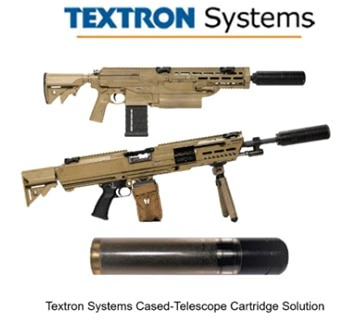
OPTICS
When it comes to the NGSW-FC, two competitors are being evaluated through an Other Transaction Authority (OTA) agreement, an award type traditionally used to fund innovative prototype procurement and development of forward-looking technology. The systems tapped are developed by a team on one side consisting of defense contractor L3Harris Technologies and optics-maker Leupold & Stevens versus a fire control unit submitted by Wisconsin-based Vortex Optics.

While testing is currently being done at Fort Drum through August by the PEO’s Product Manager Next Generation Weapons, a second prototype test is set to begin 2QFY21. The Army hopes to field the first selected NGSW platforms to field units in FY2022, a potentially huge award in which the winner could stand to deliver 250,000 NGSWs and 150 million rounds of ammo plus options for further contracts.
DON’T COUNT THE M4 OUT JUST YET
Past ultra-modern small arms programs run by the Army such as SPIW, ACR, and OICW spanned decades and, while interesting, left the service with nothing more than updated AR platforms to fall back on, a standard the military has maintained since the 1960s. With that being said, it should be noted that, while the Army is developing the NGSW, they are also hedging their bets when it comes to M4s as numerous multiyear contracts are still current with established U.S.-based carbine makes such as Colt and FN. Additionally, Picatinny Arsenal is still conducting steady R&D on potential updates to the existing platform including patenting an innovative new helically fluted M4 heavy barrel, designed to better endure extended cyclical fires. Meanwhile, the Marines, who are also looking to the NGSW program while stocking up on their own new M27 IAR system, are refurbishing their legacy supplies of ACOG optics.

